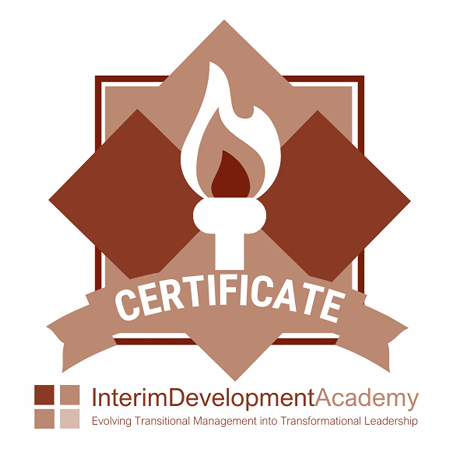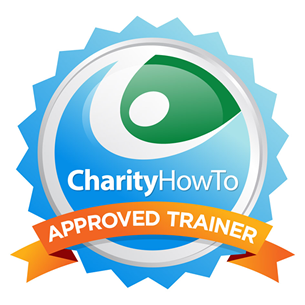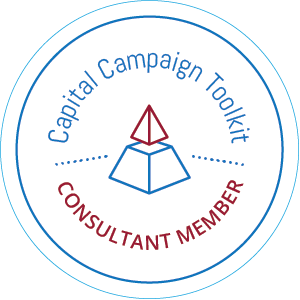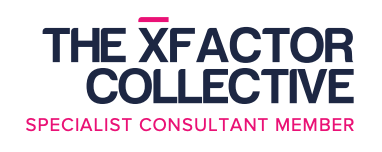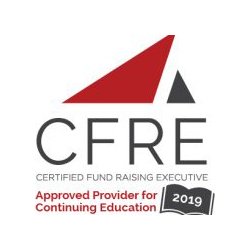 The elusive major gift. The amount is different for each organization. Some organizations might consider a major gift as $500 while others would consider one at $50,000.
The elusive major gift. The amount is different for each organization. Some organizations might consider a major gift as $500 while others would consider one at $50,000.
Whatever your major gift level is, the process to establishing a program is the same.
And it all starts with growing your pipeline of prospective donors.
First you need to identify new donor prospects and you cannot do this alone. I would highly recommend creating a major gift committee expressly for that purpose. Start off by identifying current and past donors in your donor file for their giving history, networks, and capacity to give. Expand this list by researching potential new donors. You can do this in a number of ways including paying for a prospect research tool that screens your database, search other like organizations publications for potential donors names, and, most, importantly ask your key constituents for information on potential donors.
The next step in the process is evaluating your list of prospects. You can do this by conducting a peer review committee who reviews the list to make connections, prioritize giving potential, establish inclination to give and determine who should be involved in the cultivation and solicitation.
Finally you begin cultivation of these prospects through communication towards building stronger relationships. Each prospect should have a strategy for potential cultivation activities including such things as small group meetings, one-on-one meetings, receptions, and other special events. In addition, you also want to maintain regular communication with your prospects including mailings, publications, annual fund solicitations and invitations to events.
These are the key steps to building your major gifts pipeline. Fundraising is science and this is the formula. Major gifts are the answer towards a diversified fundraising strategy.


